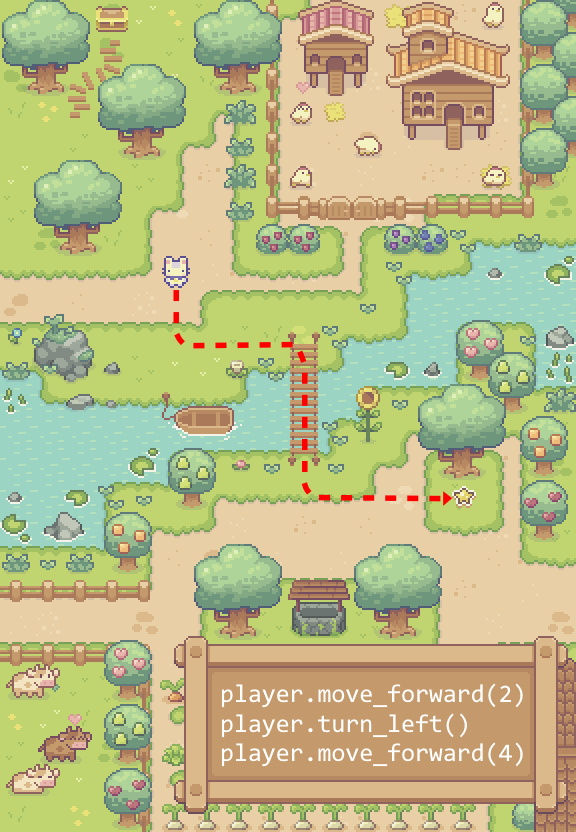Get started learning Python with DataCamp's free Intro to Python tutorial. Learn Data Science by completing interactive coding challenges and watching videos by expert instructors. Start Now!
This site is generously supported by DataCamp. DataCamp offers online interactive Python Tutorials for Data Science. Join 11 million other learners and get started learning Python for data science today!
Good news! You can save 25% off your Datacamp annual subscription with the code LEARNPYTHON23ALE25 - Click here to redeem your discount
Lista-komprehensioner
Listkomprehensioner är ett mycket kraftfullt verktyg, som skapar en ny lista baserad på en annan lista, i en enda, läsbar rad.
Till exempel, låt oss säga att vi behöver skapa en lista med heltal som specificerar längden på varje ord i en viss mening, men endast om ordet inte är ordet "the".
sentence = "the quick brown fox jumps over the lazy dog"
words = sentence.split()
word_lengths = []
for word in words:
if word != "the":
word_lengths.append(len(word))
print(words)
print(word_lengths)
Med hjälp av en listkomprehension kan vi förenkla denna process till denna notation:
sentence = "the quick brown fox jumps over the lazy dog"
words = sentence.split()
word_lengths = [len(word) for word in words if word != "the"]
print(words)
print(word_lengths)
Övning
Använd en listkomprehension för att skapa en ny lista kallad "newlist" från listan "numbers", som endast innehåller de positiva talen från listan som heltal.
numbers = [34.6, -203.4, 44.9, 68.3, -12.2, 44.6, 12.7]
newlist = []
print(newlist)
numbers = [34.6, -203.4, 44.9, 68.3, -12.2, 44.6, 12.7]
newlist = [int(x) for x in numbers if x > 0]
print(newlist)
test_output_contains("[34, 44, 68, 44, 12]")
success_msg("Very nice!")
This site is generously supported by DataCamp. DataCamp offers online interactive Python Tutorials for Data Science. Join over a million other learners and get started learning Python for data science today!




